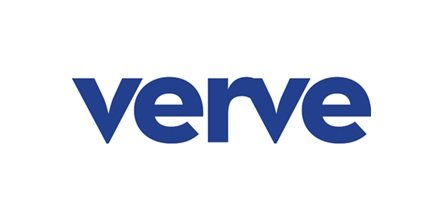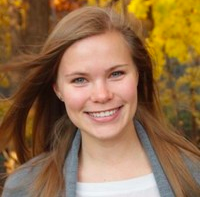Amanda Wigen - The Commons Park
/Weighing in at a modest 4.2 acres, Minneapolis’ Commons Park is small compared to downtown parks in other cities, but aims to fight above its weight.
Amanda Wigen, Director of Programming and Events at The Commons, is similarly scrappy and her work shapes the park through programming that packs a punch. Her approach is important since the nascent park and its conservancy model are in start-up mode in their first full year of operation (2018), and “lean” is the name of the game.
Amanda is a small town girl (Monticello, Minnesota, population 12,759) who was drawn to New York City for college to study urban planning and architecture. “I’m not really a ‘creative type,’ she offers, “more an ‘economic type.’”
Her training led to a job with Bryant Park, the much loved, trend-setting Manhattan park where she booked corporate sponsorships to support daily free park activities and built relationships with the local business district. Despite the big city glitz, Amanda’s hometown values of practicality and function carried her.
“Bryant Park was a great launching point for me because it is a great public space,” Amanda offers. “Programming there taught me to celebrate small scale interventions - cheap and low cost - that can be developed over time.”
The Commons’ newness and the opportunity to create drew her back to Minneapolis. The first park of its kind in Minneapolis – in the heart of downtown, built and managed with a mix of private and public dollars, and not under the official aegis of the Minneapolis Park and Recreation Board - The Commons is intended to function, as Minneapolis Mayor Jacob Frey describes it, as the city’s “front porch.”
It seems that now is a good time for a unifying, shared place, especially if that place can provide diversion, entertainment, connection and joy.
The Commons resides in the newly named “East Town” neighborhood, half way between Elliot Park to the south and the Mississippi riverfront. Fence line neighbors include US Bank Stadium, the new Wells Fargo blocks on either side of Portland Avenue, and the repurposed Armory event center. The neighborhood is undergoing a commercial and residential boom with new construction on almost every block. Amanda credits the park’s centrality as a key feature: “The Commons is at the crossroads of neighborhood parks and the city’s central core; it links commerce to natural resources; it is accessible to the diversity of people who work, visit, and live downtown.”
Amanda wants to leverage the newness of the place, drawing the initially curious to the park for something unexpected – costumed dancers, say, or a vibrant art piece - and then bring visitors back with something new another day. “In Minneapolis, public spaces are where you get to see people who don’t look like you, who don’t do what you do,” she offers. “Those interactions happen on public transit and in parks. The trick to maintaining a successful city and society is finding those places – creating them, nurturing them - where we successfully mingle.”
Her tactic is to draw daily foot traffic and keep the park populated and buzzing with people. “The safest, most accessible parks are those with ‘eyes and ears,’ with enough people present that those passing feel comfortable entering, to walk through or linger,” Amanda says. The hook, then, is to provide relevant activities and amenities to keep them coming back.
With limited funding, Amanda focuses on low-cost activities to provide that initial draw: a mobile cart offers free use of board games and cards to use at one of the many moveable tables in The Commons; ladder golf and the popular bean-bag toss games are set up on the grass for first-come-first-play use; a library lending provides books and newspapers to read; free Wi-Fi makes it easy to office on a park bench or connect to social media.
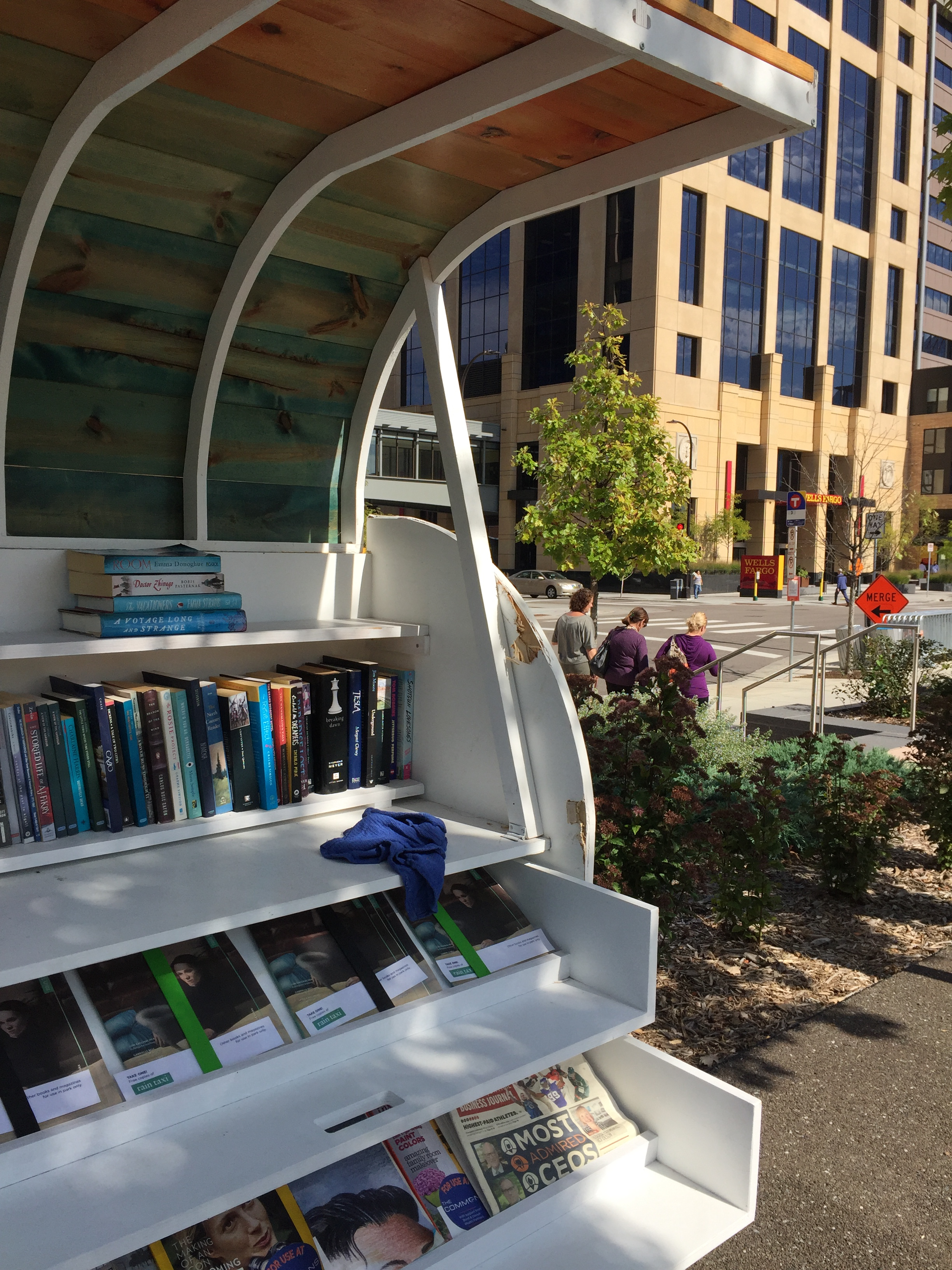
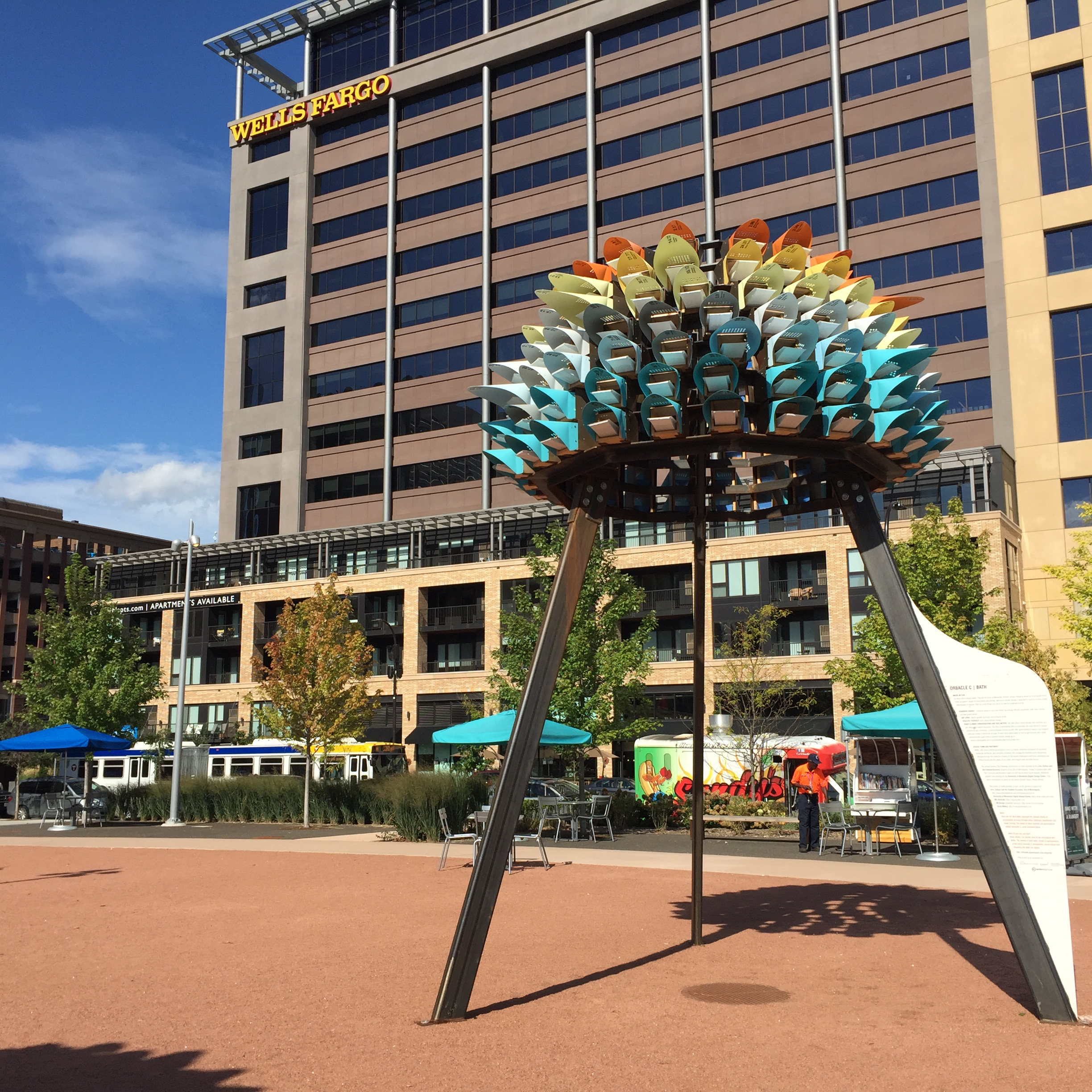
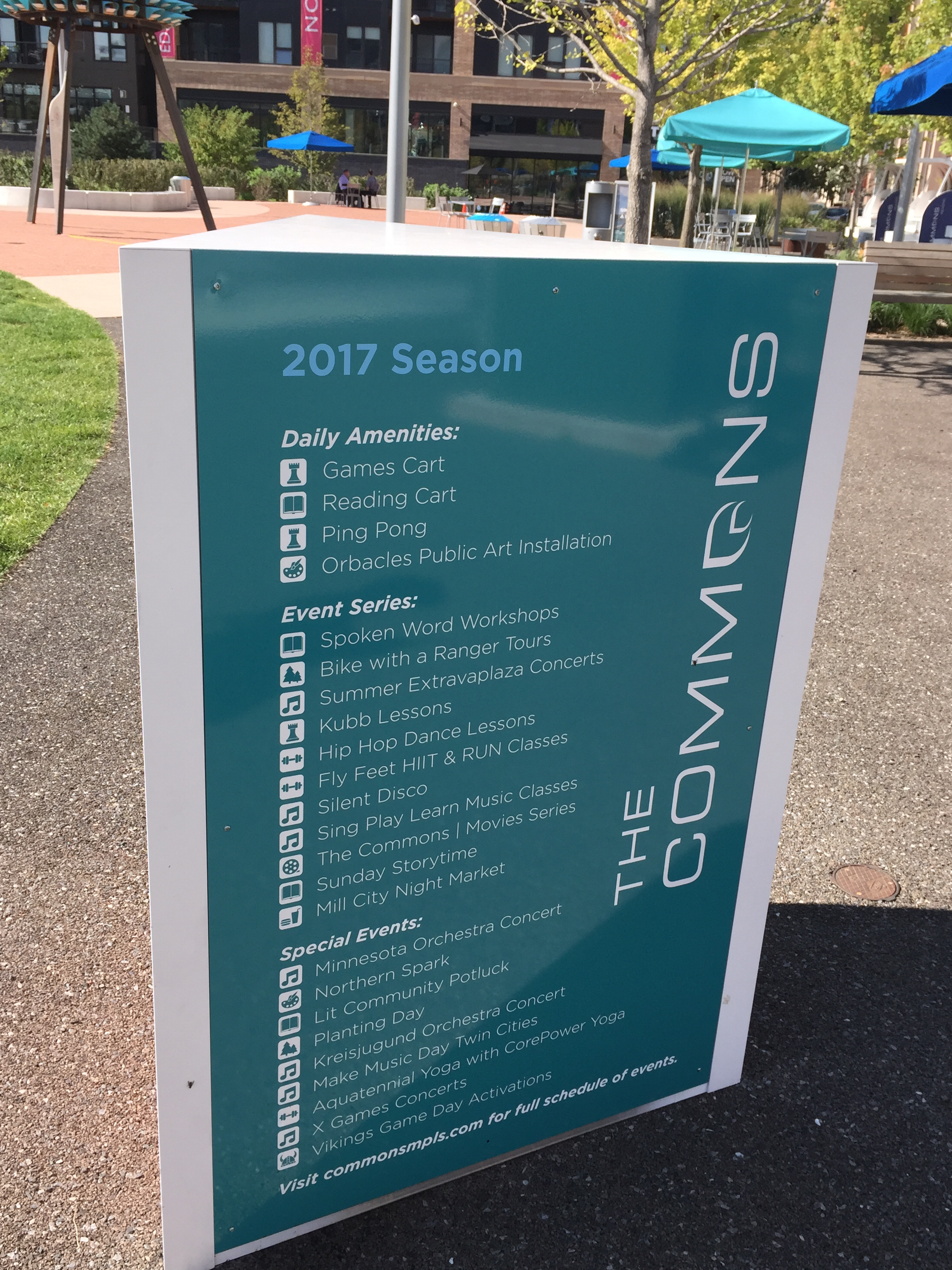
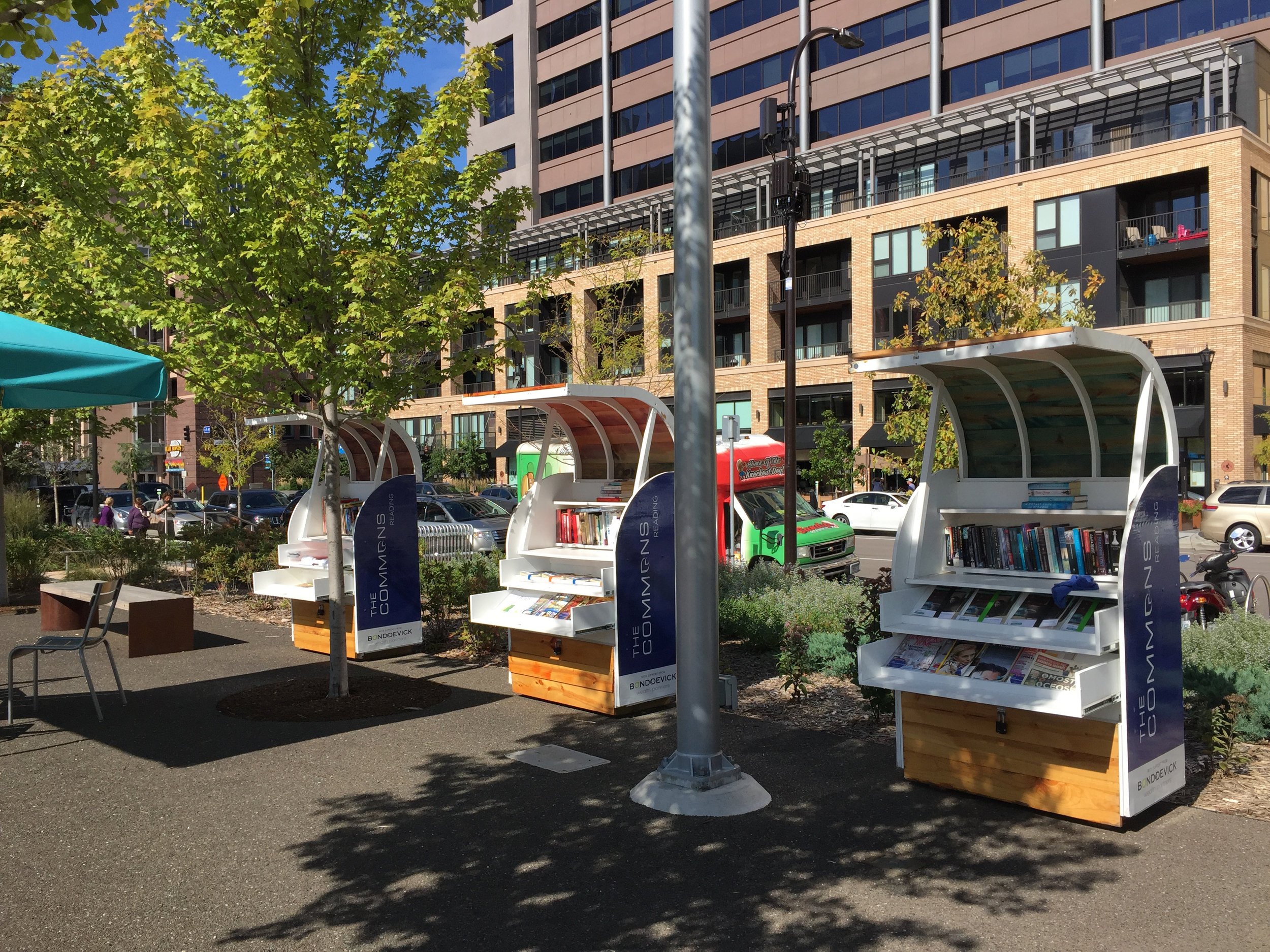
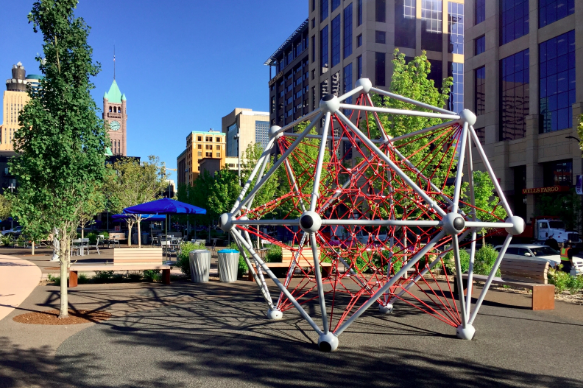
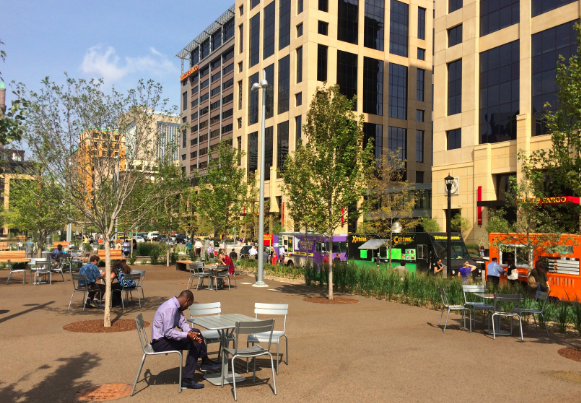
There are plenty of places to sit at The Commons, numerous bike racks, drinking fountains, a small play structure, gardens, lots of newly planted trees and a few large “legacy trees” that remain from pre-park days. Light rail, trails, and ample public parking are close by.
Food trucks line 4th Street at lunchtime and larger weekly, monthly, and one-off events appeal to the after-work and residential crowd. Programming now includes Mill City Farmer’s Night Market Tuesdays during the summer months, the Minnesota Orchestra in an annual outdoor concert, free movies, and readings by local writers.
Still, the challenge of creating programming in such a new space is formidable. There are no permanent bathroom facilities yet, no stage, no dedicated revenue stream to secure flashy events or even more than a handful of daily activities throughout the year. Minnesotans are also coming to terms with “sponsored” events that carry a noticeable corporate presence to provide free or low-cost programs to the masses.
Equity is a stated goal for many new initiatives in town, yet some are skeptical that a simple public space can do much to impact it. Critics see the downtown park as the playground for corporate interests or branding (too cozy with the Vikings franchise, for example) and perhaps not attuned to the uses and perspectives of the average park user. Many wonder if people from other parts of the city will venture downtown to access the park at all. Amanda speaks to that perception and her opportunity for improvement: “This is a learning experience for me. Minneapolis is growing through the equity lens, and I’m on a parallel path as a ‘new kid’ on the block.”
Some days, Amanda leans into her “creative” self as much as her “economic” self as she contemplates ways to bring more people into the park. Language is a possible avenue, offering books in Spanish, Somali, and Hmong, or public readings in Dakota or Ojibwe. Festivals provide cultural variety and excitement, celebrating the many people who call Minneapolis home. Amanda looks to the community to suggest ideas for events and experiences in The Commons.
“How authentic is programming if city officials program everything?” She ponders. “We want the individuals and neighborhoods to feel like this is their backyard, their front porch, their ‘stage for hire.’ We want to put on what matters to them.”
For more information: https://www.commonsmpls.com/
